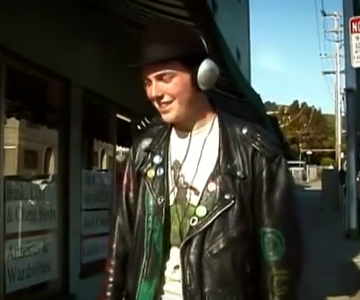

Check it out: http://www.youtube.com/watch?v=X5KmB8Laemg
How cool is that?
At the time, I remember thinking it was brilliant. They were getting honest reviews of the song, on the spot. Makes me wonder why more bands don’t do stuff like that. Maybe they don’t like the criticism.
In any case, the music video stuck with me. And nearly 13 years later, when I saw how far voice-to-text technology had come, the first thing that came to mind was that video.
What if, every time anyone gave you an opinion, it was recorded and transcribed with voice-to-text technology? Then the transcription was subsequently analyzed with text analytics software, and the results were sent back to you? That would be amazing.
For any large company, that information is priceless. Every time someone calls a customer service line, or leaves a voicemail, or is interviewed about a product, that information could be analyzed almost instantly, with few resources.
Rather than hire a team of analysts to listen and transcribe hours of people talk, and compile the information to find patterns, it could all be done by one person equipped with the right software, in a fraction of the time.
The possibilities are endless, but all based on the same model: using text analytics software like Semantria, on top of voice-to-text software like Voci, they could determine how users feel about their latest product (positive or negative), find out what the most common problem they have is (billing? slow service? bad tech support), and chart the progress by running the same analytics on a daily, weekly, and monthly basis.
Let’s bring it back to the music. For Cake, at the end of a long day of vox populi style street interviews, they’d go home and run the audio they recorded through the voice-to-text => text analytics combination. The software would show them instantly how many people liked their song, how many didn’t like it, the most common phrases used to describe their song, and so much more.